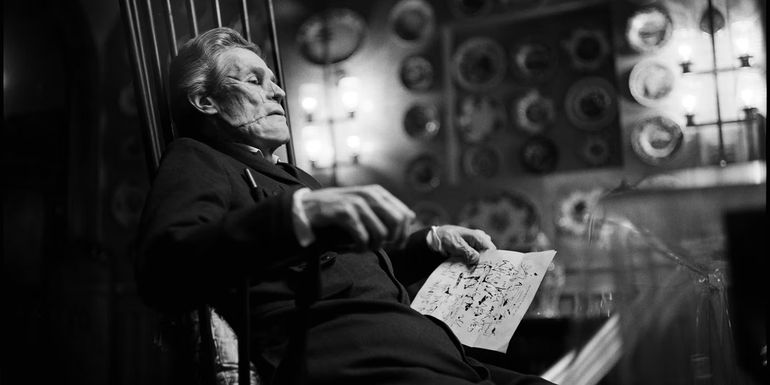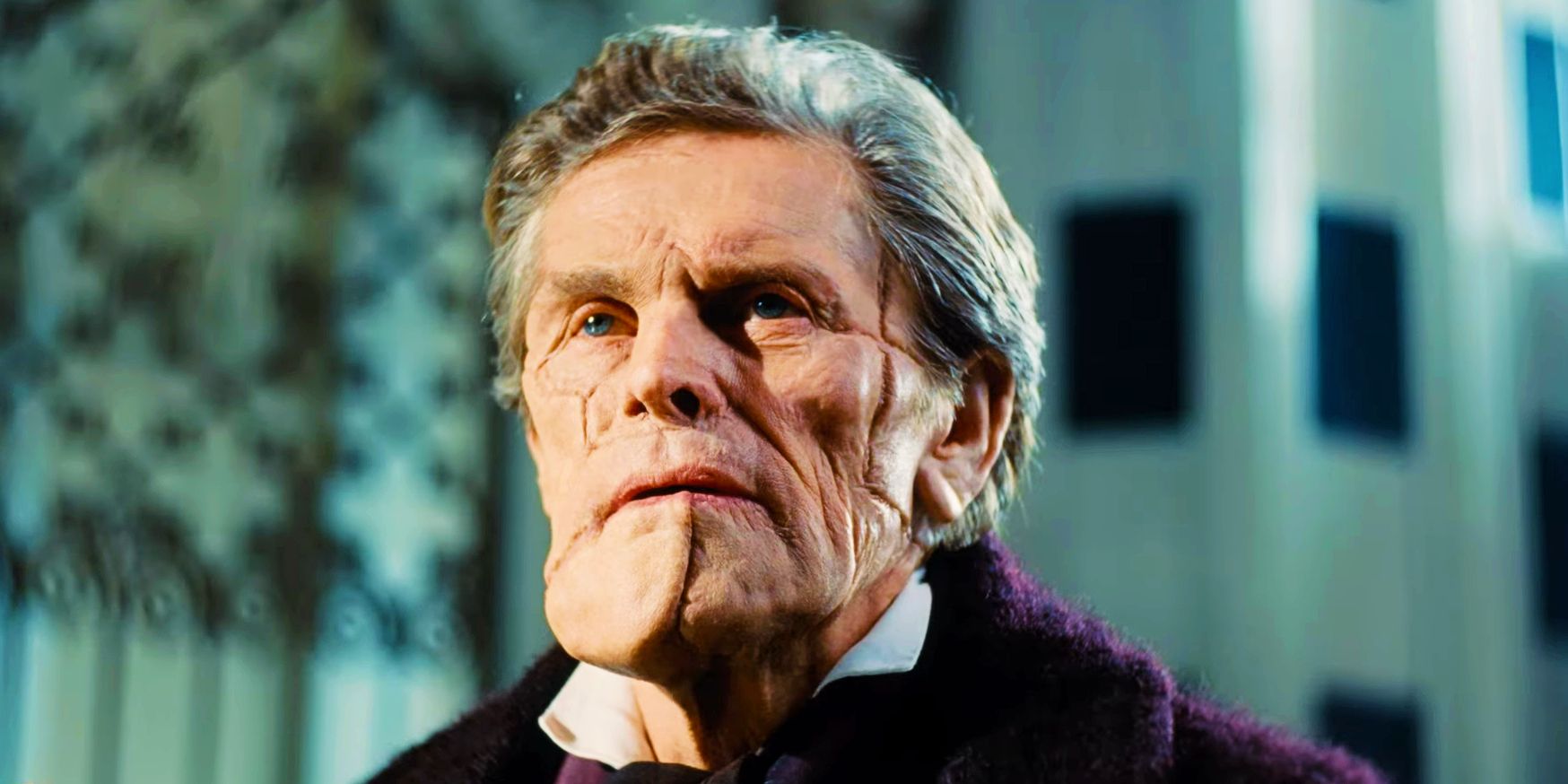
Unveiling the Depths of 'Poor Things': A Journey of Closure and Redemption

Explore the multi-faceted world of 'Poor Things', a film that intertwines elements of sci-fi, comedy, drama, and horror to deliver a captivating narrative of resurrection, self-discovery, and acceptance. From the steampunk Victorian-era London to the complex dynamics between characters, delve into the layers of this compelling movie.
Unveiling the Depths of 'Poor Things'
'Poor Things', a remarkable cinematic creation helmed by the visionary director Yorgos Lanthimos and inspired by Alasdair Gray's celebrated 1992 novel, offers a captivating blend of genres, including sci-fi, comedy, drama, and horror. Transporting viewers to a steampunk-infused Victorian-era London, the film centers around the enigmatic Bella Baxter, portrayed brilliantly by the talented Emma Stone. Bella's journey of resurrection and self-discovery unfolds under the guidance of the eccentric scientist, Godwin Baxter, portrayed with depth and nuance by Willem Dafoe. As Bella grapples with her newfound existence and the need to relearn life's intricacies, she forms complex bonds with characters like Max McCandles, Godwin's inquisitive assistant, and the charismatic lawyer Duncan Wedderburn, portrayed by the versatile Mark Ruffalo.
Deformed Willem Dafoe sitting on a chair in Poor Things
Throughout 'Poor Things', the narrative weaves a tapestry of emotions, from protective guardianship to the allure of self-indulgence, as Bella embarks on a transformative journey. Yet, at the heart of the story lies the unbreakable bond between Bella and Godwin, a relationship that ultimately offers a poignant resolution to the age-old tale of a classic horror monster.
A disfigured Willem Dafoe sitting at a table in Poor Things.
A Tale of Redemption: 'Poor Things' and the Frankenstein Connection
While 'Poor Things' is not a direct adaptation of Mary Shelley's iconic 'Frankenstein', it skillfully draws inspiration from the timeless narrative. Bella's character, akin to a modern-day 'Frankenstein monster', undergoes a profound journey of self-realization and societal acceptance after being brought to life by the enigmatic scientist, Godwin Baxter. Unlike the plight of Shelley's Creature, Bella finds herself embraced by society, a stark contrast to the rejection faced by Godwin, who is unjustly labeled a 'monster' by his students.
In Shelley's novel, the Creature's longing for understanding and empathy remains unfulfilled, with acceptance found only in the company of a blind man. However, the fleeting moment of solace shatters when the blind man's son reacts with hostility, driving the Creature to abandon hope of ever being embraced by humanity. In a poignant twist, 'Poor Things' bestows upon Godwin the empathy and compassion he yearned for, culminating in a touching connection with Bella, a kindred 'creature' who offers him the understanding and love he was denied.
The Enigmatic Godwin Baxter: A Complex Portrait of Humanity
Intriguingly, 'Poor Things' presents Godwin Baxter as a multifaceted embodiment of both Victor Frankenstein and the Creature. His physical resemblance to the Creature and poignant references to his father's experiments evoke compelling parallels to Shelley's narrative. However, the divergence lies in Godwin's portrayal as a scientist who, unlike Victor Frankenstein, exudes pride and fascination in his creation, Bella. His protective nature reflects a stark contrast to Victor's abandonment and fear, encapsulating a profound exploration of human connection and empathy.
Notably, Godwin's willingness to let Bella explore the world and the reciprocated bond between them stand in stark contrast to Victor Frankenstein's rejection and avoidance of his creation. This dichotomy underscores the depth of Godwin's character, as he embodies the longing for acceptance and understanding that resonates throughout Shelley's classic tale.
Intriguing Visuals: Unveiling the Cinematic World of 'Poor Things'
Complementing the rich narrative of 'Poor Things' are visually captivating elements that enhance the immersive experience. From the steampunk-infused Victorian-era London to the evocative portrayal of characters, the visual aesthetics add depth and dimension to the storytelling. Notably, the disfigured yet compelling portrayal of Godwin Baxter, portrayed by Willem Dafoe, serves as a visual testament to the intricate layers of the narrative, inviting viewers into a world that blurs the lines between science, humanity, and acceptance.
Furthermore, the visual juxtaposition of characters and their emotional journeys amplifies the thematic resonance of the film, enveloping audiences in a world where the complexities of human connection and redemption unfold amidst visually stunning backdrops.















